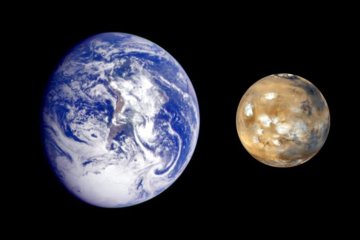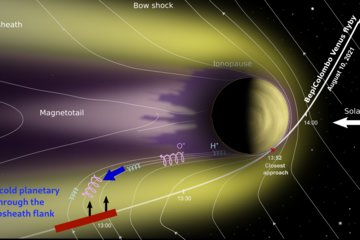All genres
41.
Journal Article
Transition region small-scale dynamics as seen by SUMER on SOHO. Astronomy and Astrophysics 427, pp. 1065 - 1074 (2004)
42.
Conference Paper
Computing the global coronal magnetic field during activity maximum and minimum with a newly developed nonlinear force-free Yin-Yang code. In: EGU General Assembly Conference Abstracts, pp. EGU - 17168. EGU General Assembly Conference Abstracts, Vienna, Austria, 2023. (2023)
43.
Conference Paper
Evolution of coronal hole boundaries seen in EIT 195 Å and TRACE 171 Å images. In: Modern Solar Facilities - Advanced Solar Science, pp. 249 - 252 (Eds. Kneer, F.; Puschmann, K. G.; Wittmann, A. D.). Universitätverlag Göttingen (2007)
44.
Talk
Coronal bright points: magnetic topology and mini coronal mass ejections. Institut d'Asrtophysique Spatial, Orsay, France (2018)
45.
Talk
The quiet dynamic Sun. Shandong University, Weihai, China (2018)
46.
Talk
Solar UV spectroscopy. Solar UV spectroscopy workshop, Beijing, China (2018)
47.
Talk
Magnetic Topology of Coronal Bright Points. The First China-Europe Solar Physics Meeting, Kunming, China (2018)
48.
Talk
Small-scale loops in the solar corona of the quiet Sun and coronal holes. 7th East-Asia School and Workshop on Laboratory, Space, and Astrophysical Plasmas (EASW-7) , Weihai, China (2018)
49.
Poster
Plasma Parameters and Geometry of Active Region Loops. The First China-Europe Solar Physics Meeting, Kunming, China (2018)











